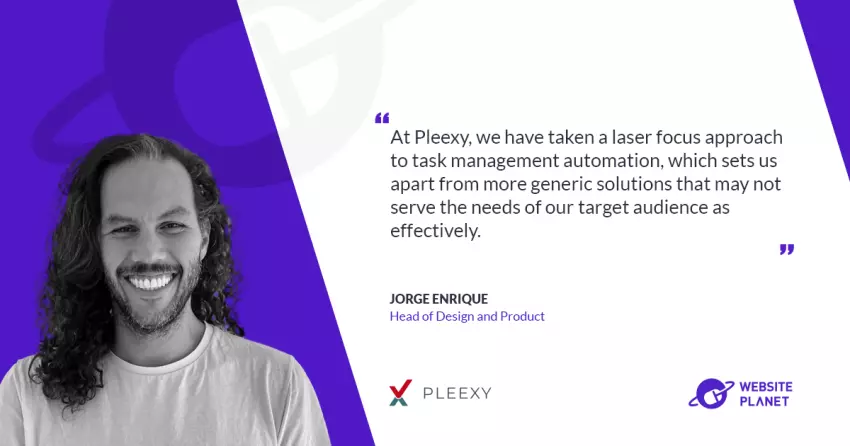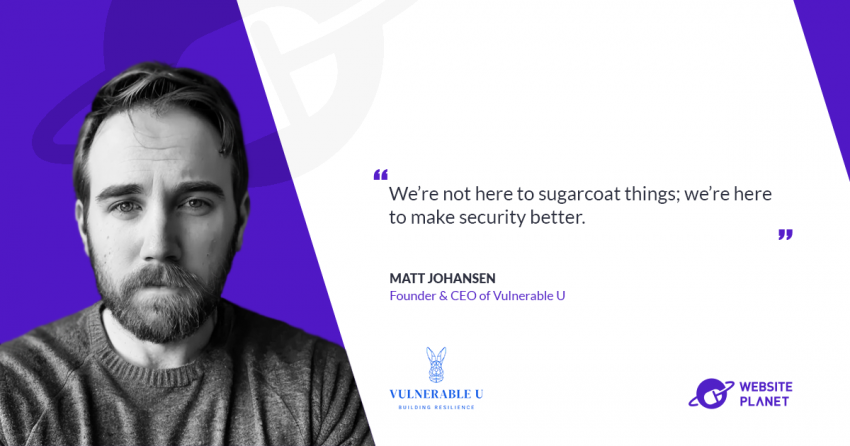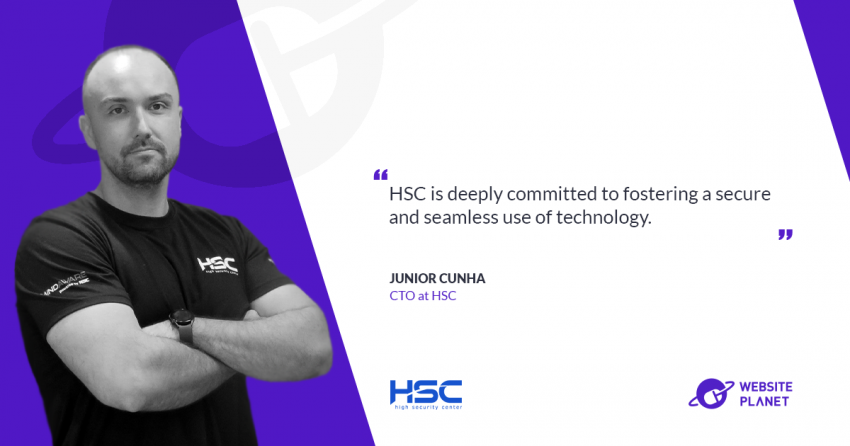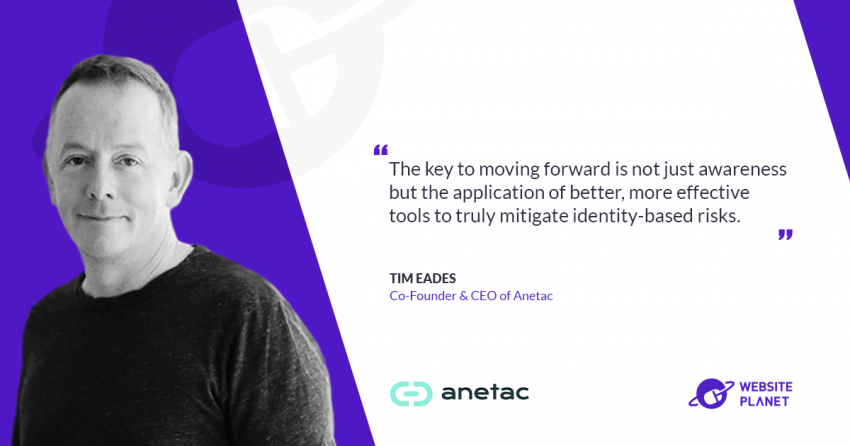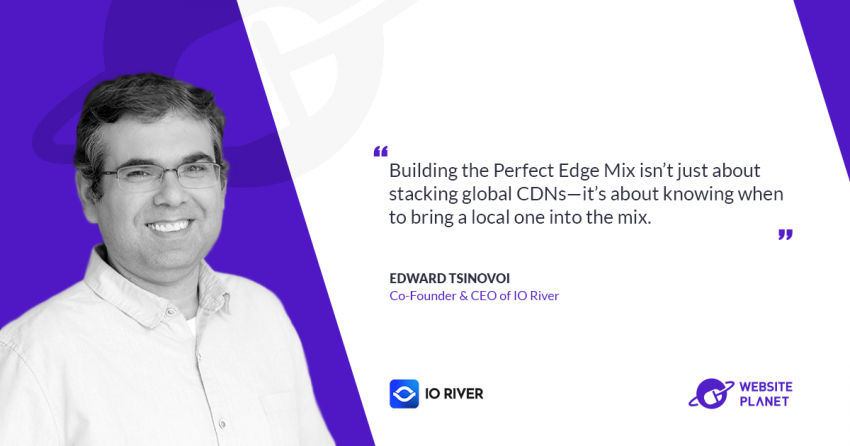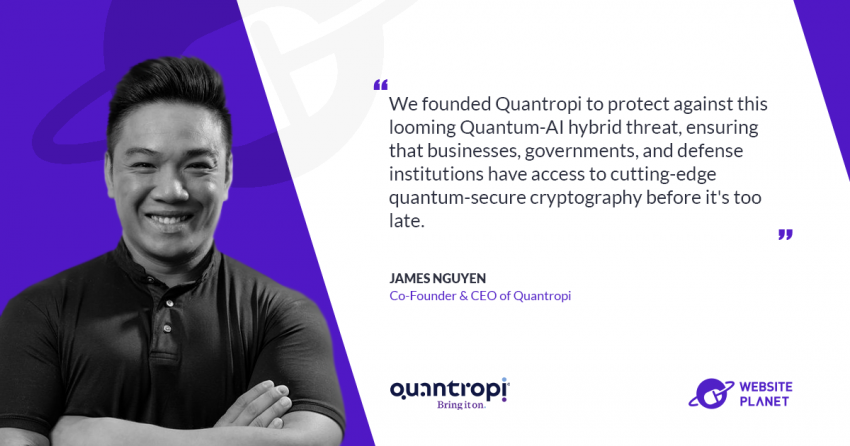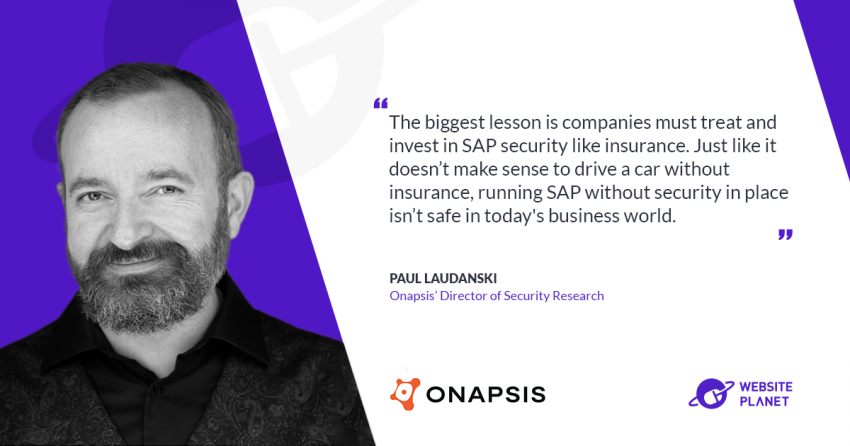Online tools and platforms can simplify the work of most professionals in any industry. But since there are so many, it’s easy to lose track of all the logins, updates, notifications, tasks and messages. But Pleexy comes to the rescue: this tool lets you manage emails, notes, tasks, and support tickets from various sources within your preferred task manager.
We talked with Jorge Enrique (Lead Product Designer) to know more details, what integrations are supported and the biggest challenges that Pleexy had to face in this interview for
Website Planet. Don’t miss out!
When did you have the idea of creating Pleexy?
We started working on Pleexy in 2017 and released the beta version in 2018. The idea for Pleexy came about when our founder realized that he was struggling to manage his work. He was collaborating with multiple teams and all of them were using different tools to track tasks. So at any given point of time, when he tried to understand what he was doing next, he had to check his email, Trello, Basecamp, JIRA, and Todoist.
Constantly checking all these applications became very time consuming and distracting and he knew that he needed to find a solution that could help him organize his workflow. He needed a tool that would help him get all of his tasks into a single view. It was also very important to have an up-to-date task list that he could trust.
He tried different tools to try and simplify his workflow, but unfortunately, none of them worked well.
He gave Zapier a go and quickly discovered that it did not work very well as it required multiple zaps to keep tasks in-sync between two apps, the maintenance became a nightmare and it also became very expensive.
He tried personal and productivity dashboards, they were also far from ideal. Most of them are web-based and not mobile-friendly. They are also read-only, and adding new tasks requires switching to another app.
Eventually, he thought because he was already using Todoist and it was the best at helping him manage his tasks, why not bring everything into it? That way he would have a task list that he could trust, in the task manager that is mobile-friendly, synchronized across devices, adaptable, and easily accessible.
After talking to other people, he realized that he was not the only one with this problem and in need of this solution. And that’s when he started working on Pleexy.
Explaining how Pleexy is different from other solutions, you wrote in your website “you don’t need to manually set up several if-then workflows to control how your data flows”. Can you explain to us how we can set up everything quicker and easier with your solution?
At Pleexy, we have taken a laser focus approach to task management automation, which sets us apart from more generic solutions that may not serve the needs of our target audience as effectively.
For example, if one tries to set up a 2-way sync between Trello and Todoist, they may need to manually create zaps to propagate changes when tasks are created, updated, completed, and deleted. Depending on the applications, it could be 5-8 zaps just to connect two projects! Multiple it by the number of apps and projects and this number will quickly cross a hundred.
Pleexy is doing all of it for its users. When users set up synchronization they only need to configure which tasks they want Pleexy to pick up from one system and how they want to create them in another. Pleexy will do the rest. No need to manually set up triggers and rules.
What are the integrations that are supported?
We understand the importance of integrating with the tools you already use to increase efficiency and streamline your workflow. That’s why we have a comprehensive list of integrations, including 10 of the most popular productivity tools such as Outlook, OneNote, Evernote, ClickUp, Trello, Jira, Monday, Zendesk, Asana, and Basecamp.
This means that flagged emails from Outlook, to-do items in OneNote, Evernote notes and checkbox items, pulses in Monday.com, tickets in Zendesk, issues in Jira, and tasks from other project management tools can all be seamlessly synced with your task manager of choice and be more productive.
Do you have more integrations and connections to come?
Yes. Within the next month, we’ll be launching Google Tasks tasks as a third ‘task manager’ option. Customers will then have the option to sync all their tasks to either Todoist, Microsoft To Do, or Google Tasks. After launching Google Tasks, we’ll focus on developing a Notion connector as another productivity tool that can be synced with your task manager. Our plan is to improve our existing connectors and expand our offering, ultimately increasing the value of Pleexy to our customers.
What were the biggest challenges you had to face or are still facing to create the tool and make it work?
There is no ‘one size fits all’ when it comes to productivity and workflows. Meeting the diverse productivity needs of our customers can be a complex task.
Secondly, as a product that relies on third-party APIs, stability is a key concern for us. If one of our API partners, like Evernote, experiences downtime, it will directly impact our user experience and restrict access to Pleexy. In these cases, our customers would reach out to us, but unfortunately, there’s not much we can do as our capabilities are limited by the API’s capabilities.
This also means that any new features that our customers request depend on what’s available through our provider’s API. We can only go as far as our provider’s API allows us to.
Since we are in this subject, besides using Pleexy, do you have any tips for our readers to improve their productivity?
As a busy professional, it’s important to remember that productivity apps are simply tools to help you make your process easier. While they can certainly be useful, they’re not going to magically make you more productive. In order to see the greatest benefits from these tools, you need to have a productivity system in place first.
One such system is the “Getting Things Done” (GTD) framework, which provides a structure for organizing and prioritizing your tasks.
When it comes to using apps, it’s often more effective to use multiple apps, each designed for a specific purpose, instead of trying to use one app for everything. This allows you to take advantage of each app’s strengths and minimize its weaknesses.
It’s also important to centralize all of your tasks so that you have a clear overview of everything that needs to be done. This will help you to prioritize and avoid the distraction of constantly switching between apps.
Overall, the key to improving your productivity is finding the right system and tools that work best for you.
What are Pleexy’s plans for the next few years?
Our main focus is to expand our list of integrations and help even more busy professionals. We are dedicated to growing and improving our platform to better meet the needs of our current customers, ultimately helping them boost their productivity.
